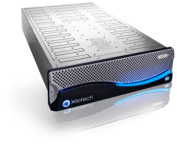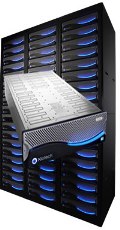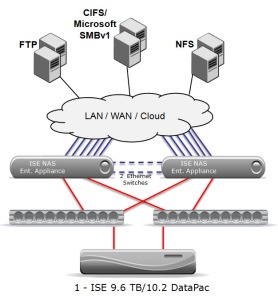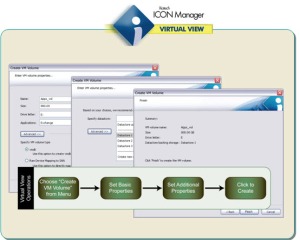My new favorite question !! “What is your Windows 7 strategy?” What appears to be a pretty straightforward question has led to some FANTASTIC discussions around Virtual Desktop opportunities lately. It’s been my recent experience that most companies have been on Windows XP a few years longer than they would like to be so Windows 7 is something that is at the forefront of their mind. Once the question is asked it usually starts moving towards a Virtual Desktop discussion (VDI) pretty quickly. I’ve found that Windows 7 migration is one of the largest catalysts to get the momentum moving on a VDI architectural discussion (the others being VDI-Security, desktop disaster recovery as well as ”bring your own computer” or BYOC). This makes sense since most of the time you buy a new PC with Windows 7 and not upgrade an existing desktop to Windows 7. This is especially true if the existing desktop hardware is at least two years old.

The upside to the VDI and Windows 7 discussion is this: it’s about as good a time as any to move to VDI then at any other point in time. You already must replace the desktop hardware, so you might as well investigate the viability of virtualizing the desktop. Sometimes it takes a little more than just a Windows 7 strategy to get things moving. VDI also has some really nice side benefits like helping with local and remote users and their disaster recovery ramifications. For instance, for a few years I ran the Systems Engineering Group for my region at Xiotech. At the time I had 8 or 9 engineers and it never failed to happen that at least once a quarter someone’s laptop hard drive would crash, or better yet, get stolen – it always seemed that the AE’s had the most issues 🙂 . Each time that happened it took that SE or AE two or three days to get back up to speed and that’s if they had a good backup and we could ship them a replacement laptop quickly. If not, it was a week. What a VDI Architecture could have delivered was a “Desktop/Laptop Disaster Recovery process”. In this case, they could have simply stopped into a store such as BestBuy, Target, or Fry’s Electronics and purchased a laptop, walked into a Starbucks (WiFi) and downloaded the VDI client and away they would go. Now, if you don’t have remote users, think of the ability to swap out a failed desktop and have the end user up and running in an hour. It’s HUGE!!! The whole BYOC (Bring Your Own Computer) concept really can take this to the next level. Imagine the helpdesk team never having to image a laptop or desktop hard drive ever again. You give the end-users a set dollar amount and require them to pick up 2 or 3 years of 24/7 phone support on the laptop/desktop and just supply them with a remote desktop access.

Let’s look at the security enhancements you get with a Virtual Desktop architecture. If you are a financial trading company, maybe you want to be able to lock down the company’s information as tightly as possible. If you are a K-12 or University facility, maybe you want to keep the students from altering the OS/applications that might affect the next student. The ability for a new desktop instance to be spawned at each unique login means that if a student loads a virus into the desktop, the next time someone logs in, they get a fresh, virus-free image. What seems to have gotten the most attention in these K-12 institutions is the ability to offer the “Computer Lab” applications to home users. Imagine a student logging into a VDI session from anywhere in the world and having the same level of access as if they were on campus. The same look/feel etc. Maybe the student has an iPad or a NetBook. They can then access the lab 24/7/365.

So if you are struggling with concept of VDI and are looking for different ways to justify it hopefully I’ve left you with a few things to consider. If nothing more, ask yourself (or the desktop team) the following: “What is our Windows 7 strategy?”







